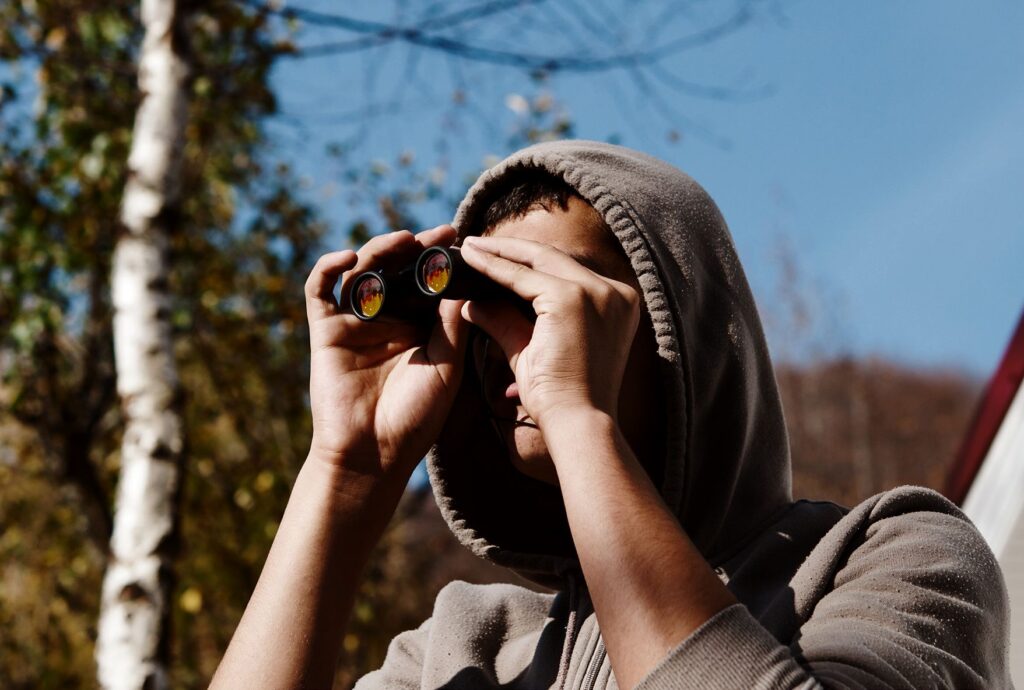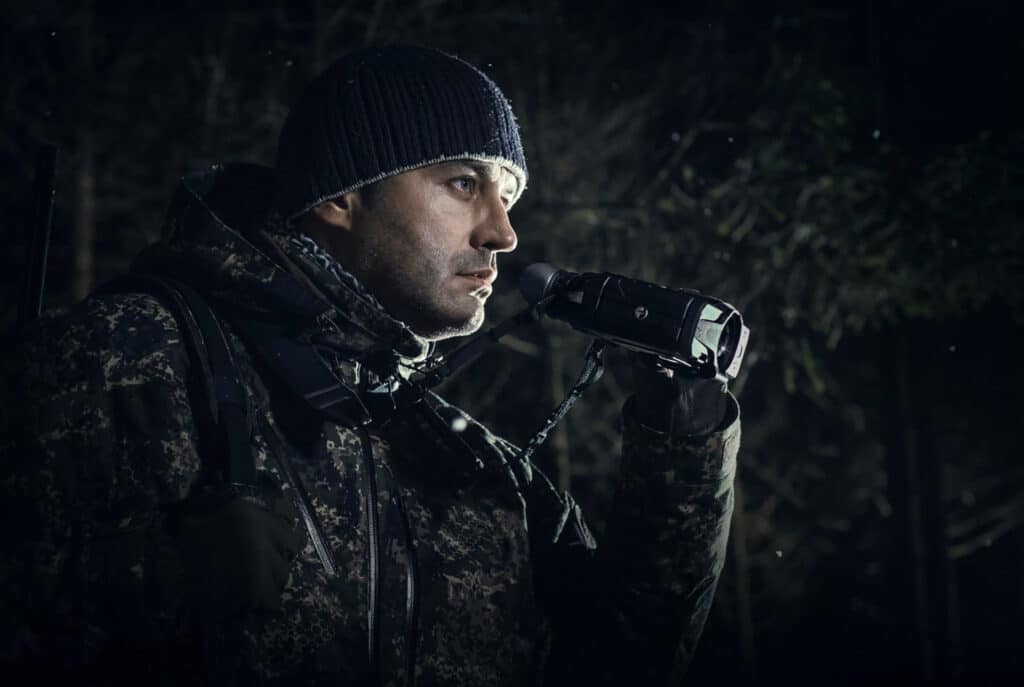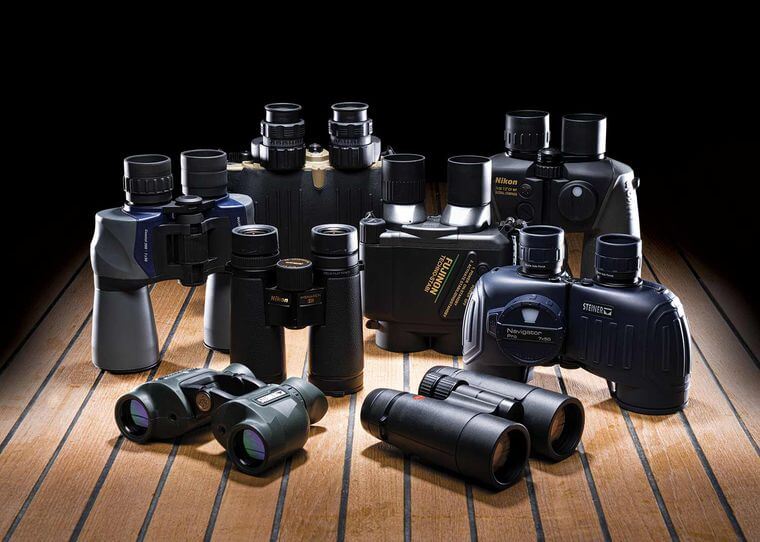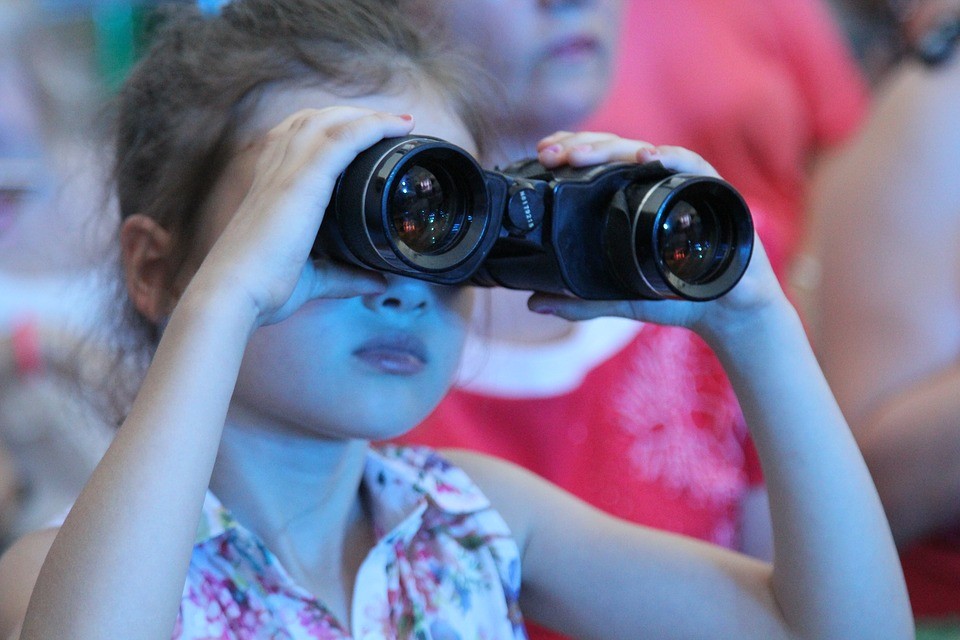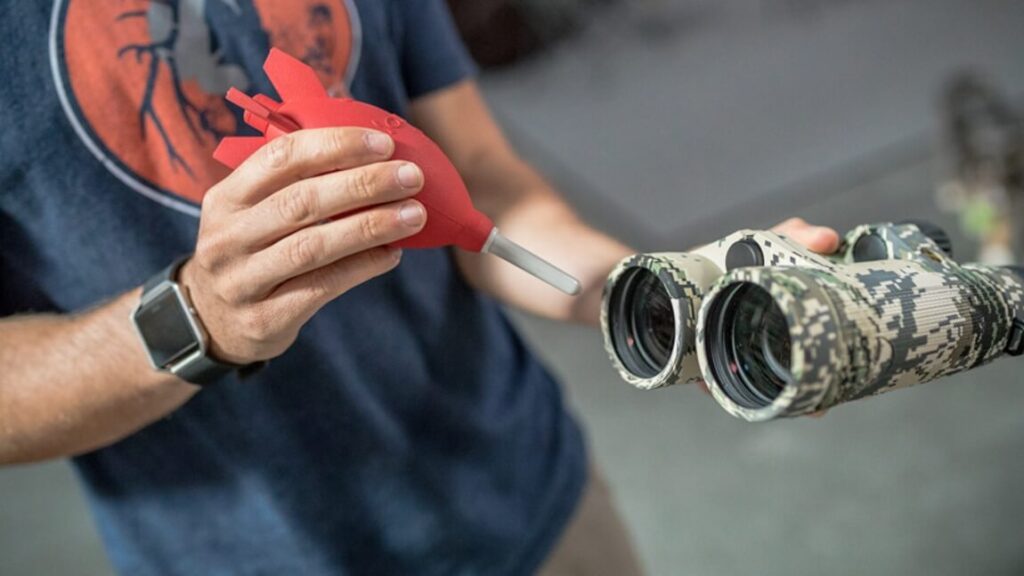

Binoculars help our eyes make sense of things that we would otherwise struggle to see by making them more prominent. This function is not powered by magic but by basic science. This is achieved by leveraging the optical laws known to man and the properties of light.
However, for a binocular to work, it would need to be constructed right, and that would mean all the parts of the binocular have to be present and fitted so that they interact correctly with one another.
This knowledge on the parts of a binocular tends to come in handy when comparing different binoculars and to determine how to clean binoculars better. To learn more about the details of binoculars, read on.
You know what the functions of binoculars are, and you might even have an idea of some or all of the parts that make up the binoculars. But do you know how all of these come together to provide the magnified image that you see? To understand how this is achieved, it is important to consider the binoculars not as a sum of their parts but in terms of their individual components.
The first part of the image creation is the capturing of light. The objective lens facilitates this. This is the part of the binocular that is pointed at the object or region to be observed. The size of the objective lens (also referred to as aperture size) affects the brightness of the final image as it is the major factor in the light-capturing capacity of the lens.
This aperture size is usually represented by the second number in the rating of a binocular (such as 42 in 8×42).
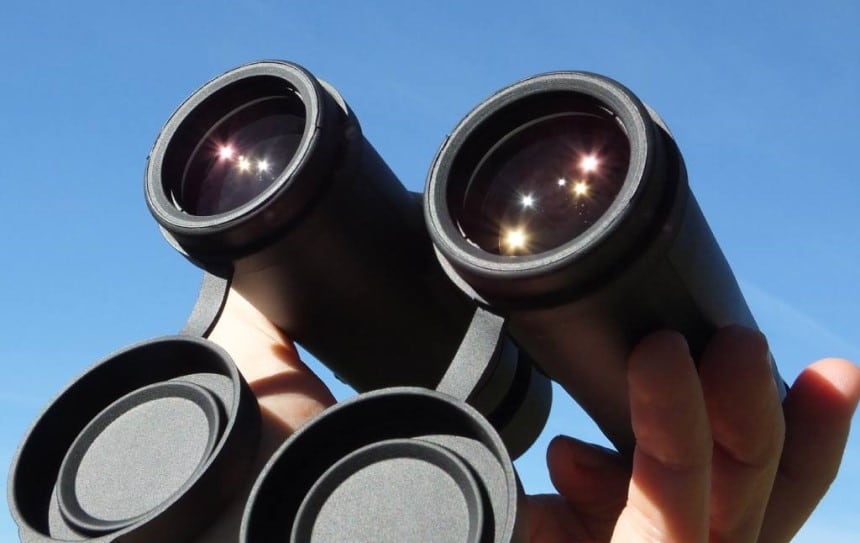
The image that is usually formed by the objective lens is usually both mirrored and upside down, necessitating the use of a prism to flip the image upside down and invert it to present the normal-looking image.
The function of the prism remains the same irrespective of the design of the binoculars. However, two types of prisms may be used in the construction of binoculars. They are:
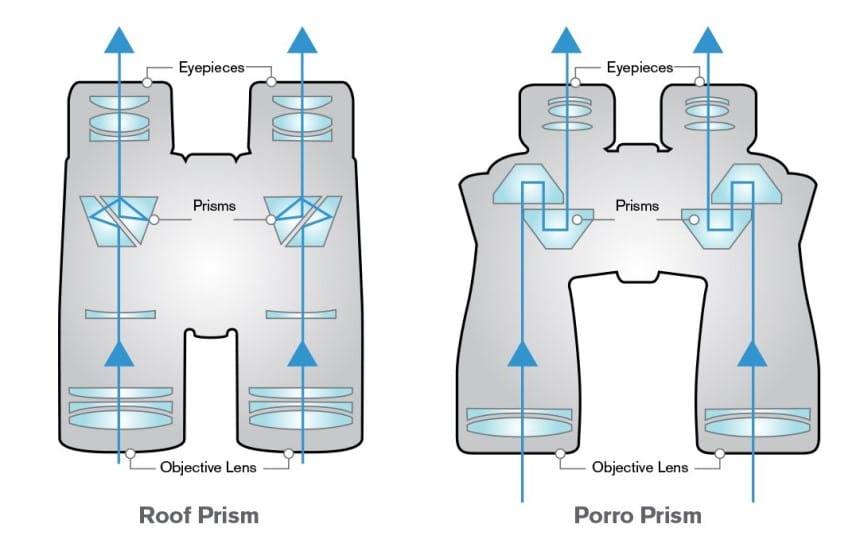
This is located in front of the binoculars and is the part through which objects are viewed. It usually consists of two or more lenses designed with rubber tubing (called an eyecup) around them to protect from interfering rays of light and ensure that the eye is at an appropriate distance from the eyepiece.
Eyecups are especially important in facilitating eye relief Trusted Source Eye Relief: Everything You Need to Know This article discusses eye relief, the different kinds of eye relief, and why it is important to get your eye relief correct when setting your gun up to hunt. www.bushnell.com , which is particularly important when the binoculars are being used by a user wearing glasses.
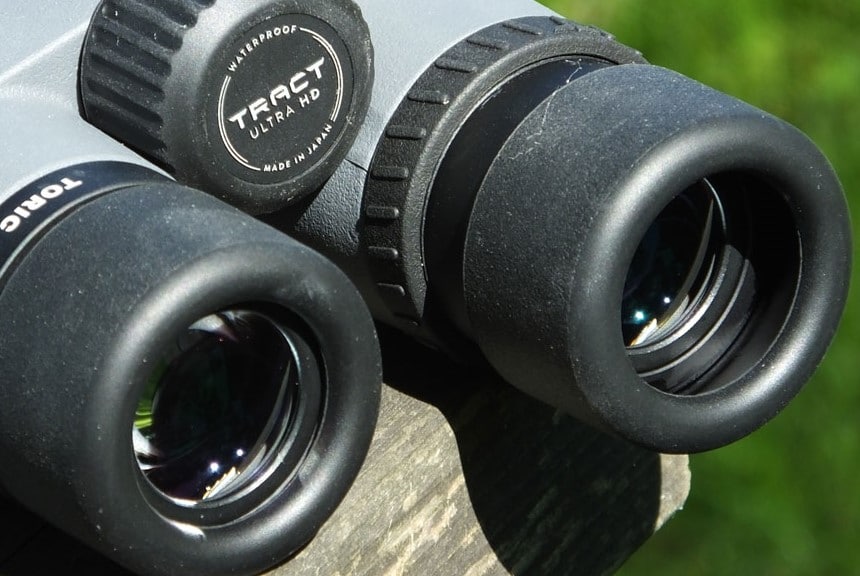
The binocular casing can be described as the part of the binocular body that houses the lenses and prisms. These two barrels or casings of the binocular are held together by a barrel bridge to ensure they remain aligned and parallel.
In all expensive binoculars and even many of the less expensive ones, the barrels are usually sealed tight with an O-ring to prevent the entrance of air and nitrogen-purged Trusted Source Binoculars glossary, nitrogen purged binoculars Explaining the term nitrogen purged binoculars for binoculars. www.knivesandtools.com and maintain that tightness while underwater and prevent fogging.
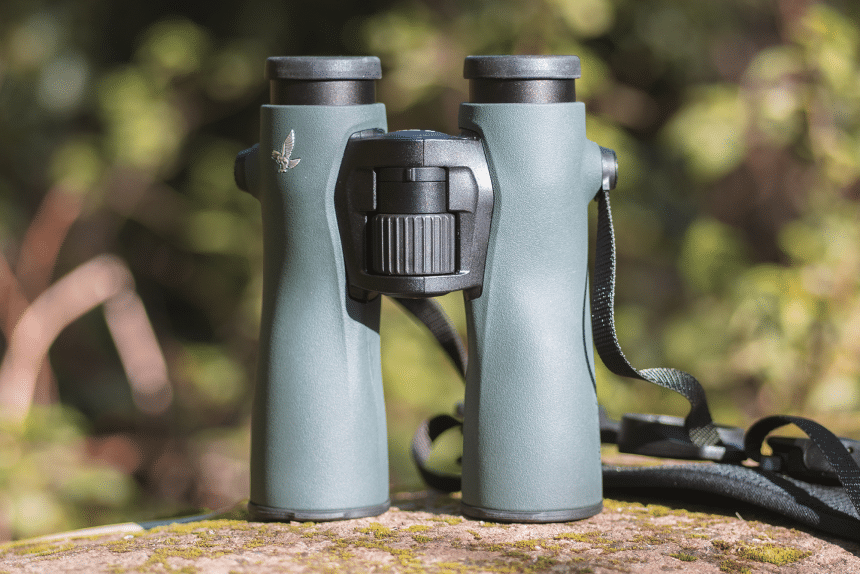
The strength in the eyes of an individual might vary from eye to eye, and this could cause eye fatigue when viewing objects through binoculars. The binoculars are usually designed with a diopter adjustment to help adjust the focus of individual eyepieces.
However, the focus of the right eye alone is affected by the diopter, while the left eye is adjusted by turning the center focus wheel.
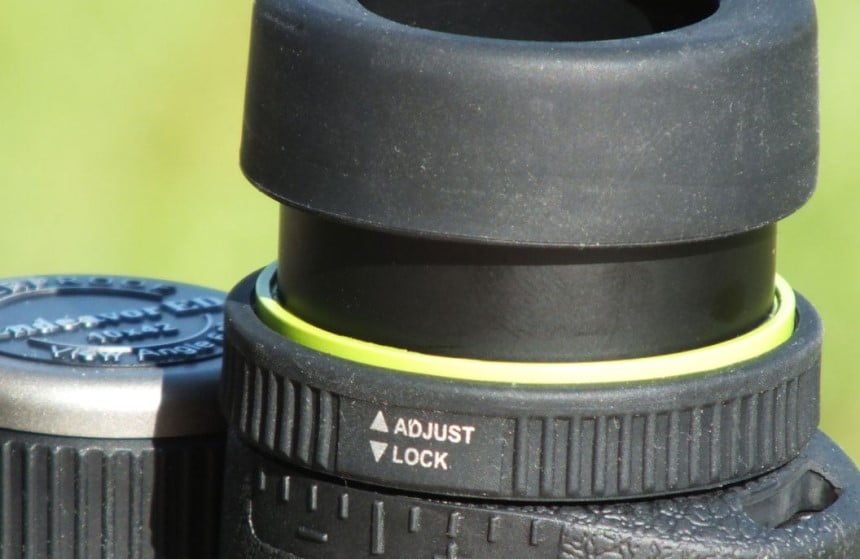
As stated above, the focus wheel is also important in adjusting the focus of the eyepieces. Such adjustment would be necessary to ensure that the image viewed is as clear and sharp as possible. The need for adjustment would also come into play when objects at different distances are being viewed. The binoculars would have to be refocused to capture clear images when a new object is viewed further.
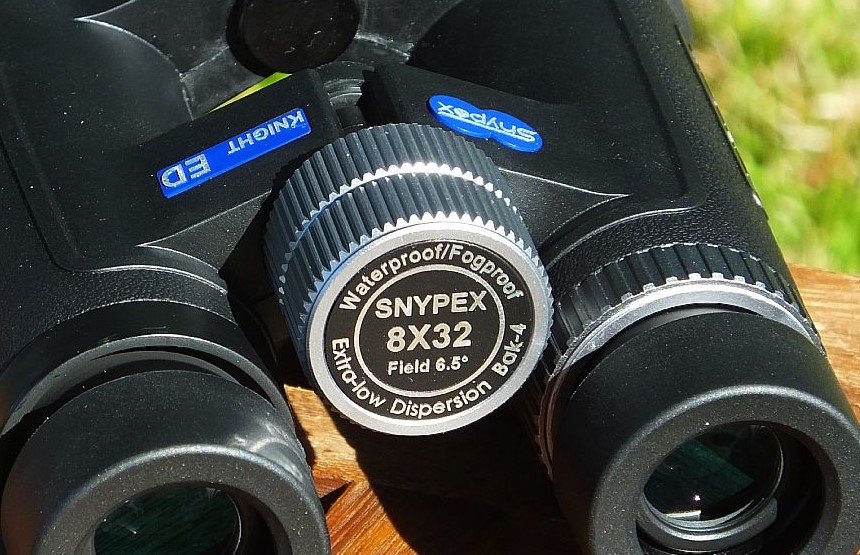
Binoculars can range from the relatively simple-looking options, such as this Professional Hands-Free Binocular Glasses from SENMONUS, to the more regular-looking binoculars such as this Skygenius 8×21 Binoculars.
Regardless of how they may look, though, they usually operate in much the same way. The objective lens captures the light from where the binoculars are pointed and reflects it onto the prisms. However, the image from the objective is usually inverted both horizontally and vertically. The first prisms in the binoculars would invert the image vertically while the other one would invert horizontally.
The clarity and sharpness of the image can be altered by refocusing the eyepiece of the binoculars to help it converge with the objective lens. The eyepiece would then magnify the inverted image from the prisms for viewing by the user of the binoculars. On the other hand, the image’s brightness would be determined by the aperture size or diameter of the objective.
Some binoculars, marketed as image-stabilized binoculars, would also contain an image stabilizing system, while night vision binoculars may possess some other technology to facilitate their enhanced functionality.
Some people are comfortable using their binoculars without much information on how it works or what components it possesses. Others would prefer to understand the basics to at least help them utilize the binoculars to the best of their abilities.
If you are reading this, you probably belong to the latter group, and we are happy to have contributed to your acquisition of knowledge. You might have noticed too that this knowledge could come in quite handy when disassembling and cleaning binoculars as well.
Well, we don’t want to keep you waiting for too long. So, now that we have covered the basics of the parts of a binocular, the functions that each component performs, and how the entire package comes together to magnify the world for you, it’s time to release you to view the world in new ways and with more context to boot.
